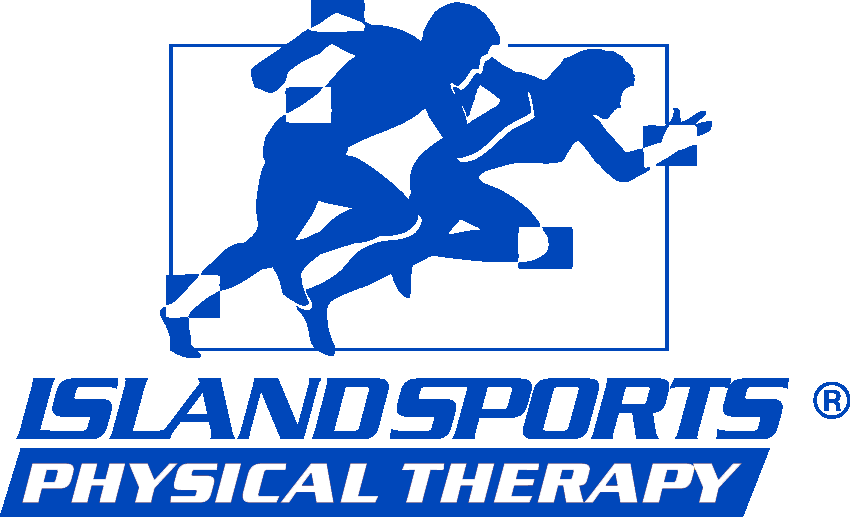American Heart Month: How to Be Heart Healthy
American Heart Month: How to Be Heart Healthy
We learn at a young age in health class that being physically active, following a healthy diet, and not smoking are some of the most important ways to keep your heart and lungs healthy. It is unfortunate that many Americans are not active enough and do not follow these guidelines to a healthy life, but fortunately, physical therapy can help to get you and keep you on the right track. Lifestyle changes can make a difference and physical therapist can help with these changes.
Physical therapy can help carve a heart-healthy exercise program that is suitable for you. A physical therapist will take the time to learn who you are and what you aren’t capable of and will set boundaries as well as expectations. All plans are safe and progressive, even if you have never worked out a day in your life. Working closely with a physical therapist can greatly improve the way your heart functions as well as the rest of your body in a safe environment.
Depending on if you suffer from any heart-related issues, your physical therapist will work with you on specific areas, whether it be mobility, lifestyle changes, or any physical activity specific to your abilities and goals. The heart is an amazing organ and the most crucial part of our body as it powers the blood circulation through our entire body. Research shows your heart would have beaten almost 3 billion times if you live to be 80 years old. There are four considerations to keep your most important organ going strong.
- Eating healthy. Everyone knows that eating food processed foods, such as McDonald’s, is not good for you. At the moment it may seem fine but your body will be hating you after. Eating healthy consists of daily servings of fruits and vegetables. Minimizing the consumption of sodium-filled foods and fats can help keep your heart healthier, longer.
- Keep moving. Being active is the best thing you can do for your body. It doesn’t mean you have to go out and join and gym and go every day for the rest of your life, but something as easy as taking a daily walk around the neighborhood, taking the stairs to work instead of the elevator, or parking further to your destination (requiring walking) can all make a difference in the long run.
- Blood pressure. Know your blood pressure numbers and try and keep track. If it becomes high on a consistent basis you should consult a doctor as you may be at risk of heart disease.
- Cholesterol. The ratio numbers between your body’s “good” and “bad” cholesterol can be detrimental to your health.
Physical therapists are committed to helping you live a healthy and more productive lifestyle. They are there to bring up your energy and help set and succeed in life goals. You owe it to your heart to seek the help of a physical therapist’s if you are in need.
